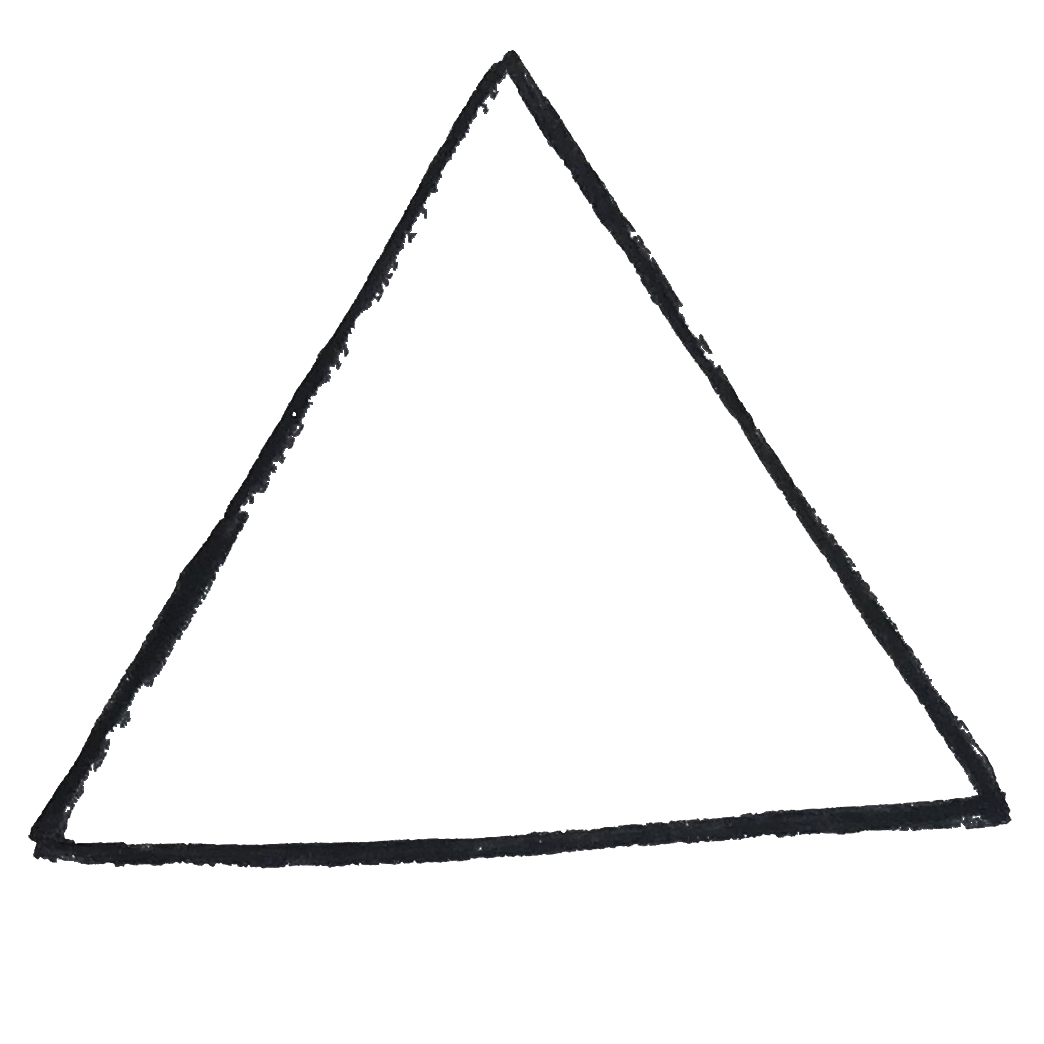Alexander technique Portland/Philadelphia



- Eduardo Galeano
My mission is to provide an accessible and inclusive space to study the Alexander Technique. I offer private lessons, group classes, and workshops in Philadelphia, PA and Portland, OR.

A Practical Hands-On Study
Contemporary Alexander Technique helps people move through the world with more ease and presence and less pain and struggle. Lyra uses touch, words, and direction to deepen awareness of existing patterns and suggest new possibilities of movement.

Unwind Your Unhelpful Patterns
We all have habitual way we use our bodies, habits we were taught, habits we picked up from our culture, or habits we had to learn to function or survive. Sometimes these patterns are no longer serving us and are getting in our way. Lyra uses her hands and a deep understanding of body mechanics to give you access to a different choice. By developing an awareness of the way you are in your body and the way you move through the world, you can identify and address unnecessary tension and unhelpful habits that are affecting your day-to-day experience.

Empower Yourself Though Education
As opposed to simply easing symptoms, Contemporary Alexander Technique addresses the structural roots of the pattern. It empowers the student to relieve their own pain and tension, and rediscover ease, strength, flexibility, and joy in every activity of life.
I teach private Contemporary Alexander Technique lessons in Philadelphia, PA and Portland, OR as well as workshops and group classes both in person and online. My work lives at the intersection of the individual body and the social body, and the fractal interplay of the two, and explores the quality of the physical experience of our lives. My research is grounded in relationality, living systems, and liberatory practice. I am a certified Alexander Technique Teacher and a faculty member at The Contemporary Alexander School and The Alexander Alliance International. I’ve been studying Alexander Work for over two decades, first as a young dancer finding efficiency, strength, and presence, and later after a spine injury that left me severely incapacitated. Contemporary Alexander Technique not only restored my health, function, and dance career after the injury, but also allowed me to awaken to a stronger, smarter body and a deeper understanding of myself. I work with the way our bodies wear our personal histories, past injuries, culture, social “norms”, and belief systems. I am interested in dismantling the internalized supremacies and inferiorities that live in our bodies. I enjoy working with a diverse clientele in terms of identity, lived experience, activities, and areas of interest. I studied at, and am certified by, the Alexander Alliance US (Alexander Alliance International, Contemporary Alexander School). I am also a performer, creator, teacher, and visual artist. I am a heterosexual, white-identified, cis-gender woman with a history of chronic illness and use the pronouns she/her/hers.
–Lyra Butler-Denman
You are curious and interested in exploring how you are embodied. You may want less of something (chronic pain, trauma) or more of something (professional skill, presence, artistry). More than fixing things, you want to learn tools to create change and choice in the quality of your life. You may be interested in…
Taking an active role in creating the experience of your life
Finding more pleasure in the experience of being alive
Deepening your art or craft as a musician, dancer, athlete, chef, craftsperson, etc.
Developing a deeper relationship with yourself and a dynamic experience of living in your body
Exploring how the social body (culture, belief systems, identities, practices, etc.) have shaped how you are in your individual body
Understanding how your practice or work around justice, equity, and liberation can live in, affect, and be supported by your physical body
Creating awareness and choice around how the way you are in your body affects your work, culture, relationships, and impact on the world
To learn more about our COVID protocols click here

How do you describe Alexander Technique to a friend?
“A process for me--tackling pain or physical challenge--of learning, growing and discovering my innate ease and strength through understanding, literally how we are put together--bones, soft tissues, nerves, etc.--and how much agency I have in healing myself when guided by a skilled teacher. The images and prompts Lyra employs are useful and compelling, giving me the ability to recreate the wonderful ease and comfort experienced during and immediately after a lesson, on my own.” –Katherine Deumling
What is Lyra’s teaching style?
“Her style is comfortable - she’s serious without being serious. She respects the work by showing up on time and focusing on the work. Finally, and perhaps most important, she is patient without judgement. She works from where I am, not where I “ought” to be." –Michale Matze
“She always finds creative ways to allow me to experience a new way of wearing my body, a new way of relating to a belief system, a new way of engaging in activity.” –Jennifer Lovejoy
What is a pattern you have worked on with Lyra?
“Lyra worked with me on my lower back pain by showing me how my back muscles connect with the rest of my body and helping think about how my feet, hips, spine, and head align. We talked about the way I carry myself and why—both in logistical and psychological aspects. Not only do I feel better, but I also have a better understanding of why I felt the discomfort and how to address the issue if it crops up again.” –Will Fain
What is Lyra’s approach to addressing chronic pain?
“It’s clear that Lyra has herself been injured, and that this work and the way she teaches is informed by that truth. She really seems to fundamentally understand both the way bodies work in how they can get out of whack. She holds space both for care-taking and honesty about how we all can get in our own way.” –Andy Pfandler
To what other modalities would you compare Alexander Technique?
“Like physical therapy, it’s hands-on and based on a deep understanding of anatomy. Like therapy & counseling, it inspires me to remove my own limiting beliefs and change old habits. Like massage or acupuncture, I leave feeling centered and recharged. Like a music lesson, I have practical take-home strategies for improvement.” –Malachi Graham
What changes have you noticed since starting this work?
“My blood pressure is down, my overall health is up; my mood is up; and I live more attuned to the unique experience of living in my body. Over the last six months, the focus of the work has been getting ready for a 600 mile Camino walk across southern France, leaving in two weeks. I am almost 73 years old.” –Michale Matze
Email Lyra with questions at lyra@lyrabd.com


Equity
Just as ease, wholeness, and balance are inherent to the human body, so belonging, justice, and liberation are inherent to the social body. We bring together somatics and equity.

Clinics
We host a bi-monthly clinic to make Alexander Technique accessible to lower income and minoritized communities and those with no previous experience of the work.

Collaborators
Alexander Technique Portland / Philadelphia partners with other organizations, individuals, and practitioners to broaden and deepen what we are able to offer.
Lyra offers private lessons in Philadelphia, PA and Portland, OR. A Contemporary Alexander Technique lesson is taught sitting or standing, on a massage table or in an activity, with the instructor using touch to suggest new ways of moving, coordinating, and being in your body. No special clothing is required. A session might involve walking around the studio, laying on a massage table, or demonstrating an activity from your daily life (playing an instrument, dancing, sitting at a desk, riding a bike, etc.) Lyra communicates in approachable language, using metaphors and analogies that allow you to visualize and internalize the movement patterns that we are seeking to address. She will also use teaching aids like anatomical pictures and skeletons to help demonstrate the body mechanics at play in our movement patterns. While it may remind you of a physical therapy session or a bodywork session, is is not quite either thing, and is fundamentally educational. The goal of a session is for a student to leave with practical, actionable awareness to help them move through the world with more ease, opening up new possibilities of action and motion.
All Alexander Technique Teachers bring their own unique qualities and expertise to the Work. There are also ‘classical’ and ‘contemporary’ lineages/styles of teaching the Work. Lyra trained in the lineage of Marjorie Barstow, the first person F.M. Alexander trained to become a teacher.
Contemporary Alexander Technique is a practical, hands-on study of the principles of coordination, movement, habit, and awareness. It uses touch, words, and direction to deepen awareness of existing patterns and suggest new possibilities of movement.
A ‘contemporary’ style of teaching helps the student apply the principles of the Alexander Technique directly to the activities and situations of their daily and professional lives. For example, a student would learn to incorporate F.M. Alexander’s principles while playing an instrument, throwing a pot, typing on a computer, riding a horse, or taking a walk. Lessons can therefore happen on a ski mountain, at a symphony rehearsal, in a professional kitchen, during an acting class, at a dental office, etc. Rather than asking you to learn the principles only through the original ‘classical’ studies and then apply that information on your own while doing the activity in the ‘real’ situation, contemporary teachers use the activity itself as a vehicle for teaching the principles.
As a Contemporary Alexander Technique teacher, I go to where people are actually doing the activities of their lives, or ask my students to bring those activities to my studio, so that they have real-life stimuli and timing. I have students perform their activity with their actual tools or instruments – or we re-create it as best as possible. Likewise, we attempt to create realistic emotional situations so students can work with their habitual stress responses. Contemporary Alexander Technique teachers can impart the essence of F.M. Alexander’s principles in the realistic situations of the student’s life.
Alexander Technique offers tools to bring us into the present moment to undo patterns that can cause pain in the body. Pain is not inherently negative, it’s information. Pain serves a purpose, it tells us that we need to be protected. If the brain has concluded that you are threatened, endangered, and need protecting, it may send pain signals. We want this mechanism, it keeps up safe, it’s super useful when we put our hand on a hot stove. However, not all pain is in response to an actual threat. Often pain, especially chronic pain, is either a habitual response from your brain, or a response to the habitual way you are in your body. Alexander Technique gives you a variety of choices in relation to both those habitual responses.
Sometimes pain is caused by the habitual ways we wear, carry, or use our bodies. Most of the time pain comes from a habit that was once critically needed (if you break your collarbone, it's important to learn how to go about your life without moving your arm while the collarbone heals). However, ten years down the road, the pattern you learned to compensate for the broken collarbone is likely no longer serving you and may be causing pain. Alexander Technique brings your awareness to the ways your habits are getting in the way of your ease and comfort, gives you an alternative experience, and provides tools to access that alternative on your own.
Other times pain is caused by the brain getting into a pattern of associating something (an activity, a part of the body, a movement) with the triggering of pain. This becomes a program that runs in relation to the stimulus regardless of actual threat level. Your body feels threatened but is it threatened right now? What are the conditions in your body in the reality of the present moment? Alexander Technique creates the opportunity to notice whether or not the present moment is actually one of threat, offering choices to get us out of our habitual patterns. In addition to awareness of your habitual response, the Work gives you a different experience in the present moment by facilitates the release of the tension pattern associated with the perceived threat. We offer you tools to distinguish whether or not you’re actually threatened and make a physical choice that accurately responds to your conditions instead of your habit.
The Alexander Technique addresses injury by helping you to return to the innate coordination that was yours before life situations, injury, or pain, created habits that, while they were accurate in relation to the initial situation, are no longer useful to you. We are whole body specialists, if you have pain in your ankle you may see an ankle specialist who will look at, of course, your ankle. An Alexander teacher’s job is to look at the pattern as it exists in the whole body and how it is creating or relating to the pain. We have a bias towards whole health, ease and innate design, and individual natural balance. Alexander Technique evokes your "original blueprint" to allow you to access the innate organization, coordination, relationships, and ease in your body.
When working with acute or recent injuries, we help your body heal in relation to a functional whole, reducing the potential for problems down the road and supporting your recovery to a balanced, naturally organized body.
Often with old injuries, the continued pain or challenge comes not from the injury itself (your bone is no longer broken), but from the compensation patterns you adopted in response to the injury. For example, if you break a leg, learning to walk on one leg and two crutches is super useful, we wouldn’t want to throw that compensation pattern out while you're on crutches. However, ten years down the road that pattern of moving is likely no longer serving you and may be causing discomfort.
In both cases, we evoke the whole to resolve discrepancy, not only addressing the injured area and helping you find healing and strength there, but also bringing you back into integrity with the whole to find a unified, functional, happy body.
The fight/flight/freeze response is not inherently negative, it’s information and it's adaptive, it's designed to save your life. However, when it becomes habitual to your system, it may no longer be serving you. Overly simplified, trauma is a "stuck" response. An experience gets lodged in a part of your brain that hold it as a current experience ("I am currently being chased by a tiger" as opposed to "four years ago I was chased by a tiger and survived"). A significant key to creating choice and change in relation to trauma is finding the present moment. An accurate assessment of the threat level in the present moment is critical. If your body is feeling threatened, and after gathering present moment information, you determine that you are in fact in danger, it is critical to not override that information, your body is trying to save your life. If however you determine that you are not immediately in danger, it is important to your health and well being that you have an alternative to the threat response.
Contemporary Alexander Technique provides tools for noticing the threat response (we can't change what we don't notice), having a different experience, a release of the tension pattern associated with the perceived threat (if you don’t know what it’s like to not beexperiencing the threat response, youdon't have another option to choose), and for bringing the nervous system into the present moment where choice and change can happen, allowing you to distinguish what is an actual present time threat, and what is a habitual pattern of threat response. The work creates the opportunity to reevaluate the choices your brain and body are making relevant to the present accurate sensory information and current conditions. In my experience, trauma can feel like you are at the mercy of your nervous system. This work gives you agency and choice.
Alexander Technique is the study of accessing the innate resources of our body. While it is not therapy in the conventional sense, it touches and helps create change and choice in how we "wear" our emotional and psychological patterns. Because it accesses our patterns through the body, it does not require talking, content, or telling the story (though you're welcome to if you'd like). Often students find that by learning to change their somatic or physical experience, they discover they have more "wiggle room" in relation to their emotional or cognitive experience. Perhaps the feeling is more spacious, the voice in their head is not so loud, or they find it is easier to respond in non-habitual ways.
Contemporary Alexander Technique is not quite "self-care" as it's often conceptualized - it is not a practice that is engaged with in addition to your work or real life. It's a study that is designed to exist inside of your life. You don't do Alexander Technique on its own, you practice it while you do what you do. Fundamentally, Alexander Technique helps you identify the habitual ways you get in the way of your own innate ease and brilliance. This is especially important in relation to mental health. When working with psychological and emotional patterns, the beauty of Alexander Technique is that it never asks you to add another thing to your long to-do list. This is not caring for yourself by taking a bath, meditating, or taking a walk (as wonderful and sustaining as those practices are), this is the study of how you give yourself care while you are with your child, as you walk into the room of a dying loved one, during a difficult meeting with co-workers, or while you are in a triggering situation.
As a Contemporary Alexander Technique teacher, I help bring awareness to the habitual ways you respond to stimulus. After all, we cannot change what we don't notice. Then through language and touch (when consented to) I give your nervous system an actual experience of an alternative, an experience of a physical choice that is more easeful. Through repetition, we practice moving back and forth from the habitual way to the new way, myelinating the neural pathways of the new experience so that it become familiar to your body and your consciousness. Then together we find a way to describe the new experience so that you are able to use it as a tool on your own. I have not done my job if you don't leave with at least one practical way to help yourself. Your body holds immense resources, it is my job to help you access them.
